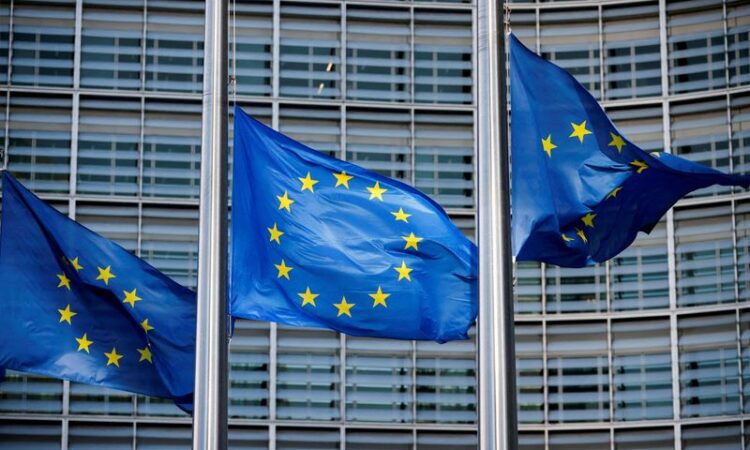
LONDON/BRUSSELS (Reuters) – Securities trading inside banks will have to meet new clock synchronisation requirements under rules proposed on Thursday for Europe’s first real-time record of bond prices, the European Union’s markets watchdog said.
The EU has approved a law requiring trading platforms to hand over prices data for bonds and stocks, for a “reasonable” fee, to an operator of a “consolidated tape”, long a feature of Wall Street to make markets more efficient by giving investors a comprehensive snapshot of the best deals.
The European Securities and Markets Authority (ESMA) set out its proposed technical rules on how a bond tape should be run, minimum speeds, and how it will select the provider during 2025 in a public procurement process.
“From the workshops we held earlier this year, we understand that the governance of the consolidated tape, the associated costs and fees for data user… are paramount for the attractiveness and functioning of the consolidated tapes,” ESMA Chair Verena Ross told a conference held by bonds industry body ICMA in Brussels on Thursday.
She encouraged market participants to respond to the consultation.
“The ambition on our side is to finalise the selection process of the consolidated tape for bonds in the first half of next year,” Ross said. “And we will thereafter proceed with the work of establishing consolidated tape for equities.”
The rules, out to public consultation until Aug. 28, will enhance market transparency and remove the “obstacles that have prevented the emergence of consolidated tapes in the European Union”, ESMA said in a statement.
ESMA said the draft rules extend clock synchronisation requirements, already in place for exchanges, to in-house trading operations at big banks to broaden the availability of prices, and help regulators better trace market abuses.
Britain, outside the EU, is also finalising plans for its own bond tape.
(Reporting by Huw Jones in London and Dhara Ranasinghe in Brussels; Editing by Alex Richardson and Emelia Sithole-Matarise)






